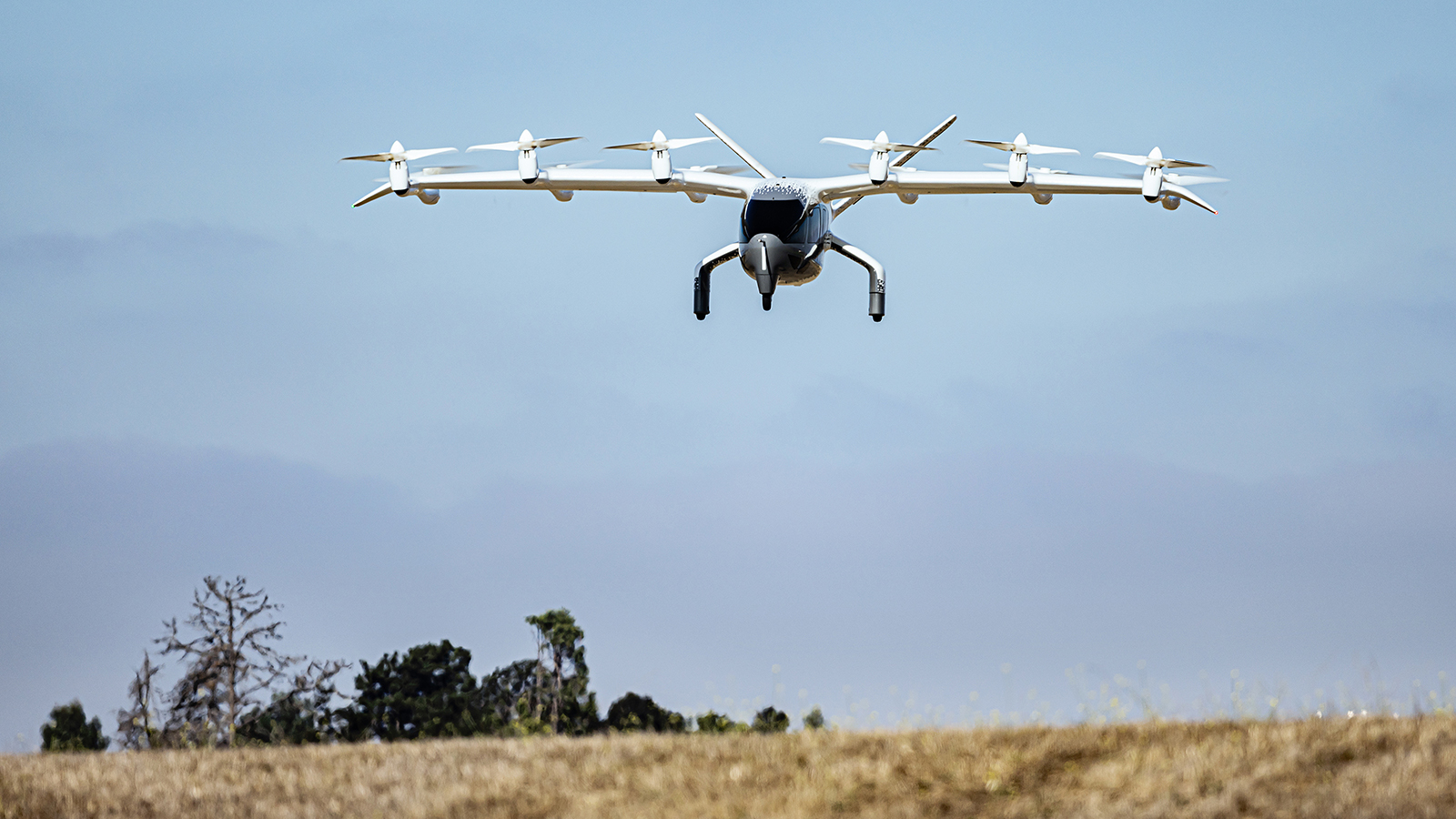Stay Up to Date
Submit your email address to receive the latest industry and Aerospace America news.
Images to be taken of a lithium-ion cell as it ruptures
NASA engineer Eric Darcy is eager to take millions of X-ray images of a lithium-ion battery cell rupturing and catching fire, which he intends to do as part of a Space Act Agreement the agency announced Monday with California electric aircraft developer Archer Aviation.
The X-ray images, taken at 2,000 to 3,000 frames per second, should reveal more details about how such a rupture can cause an entire battery to catch fire, a phenomenon that designers of aircraft, in particular, must always consider.
The selection of Archer as a partner does not mean the battery cells it uses are any more prone to fire than other types, Darcy told me, but rather that the company has identified battery safety as a top priority for the industry and is willing to publish, jointly with NASA, results of the safety tests. Such agreements normally don’t include contractual payments, only sharing of resources and knowledge.
“Archer has recognized the most important rule for battery operations, which is to protect adjacent cells against a sidewall breach,” Darcy said. Such a rupture ends up being “like a blowtorch” on surrounding cells, creating the cascading runaway effect that results in a violent fire similar to an explosion, he said.
Besides supporting the emerging electric aircraft industry, NASA needs a new supply of battery cells for its spacecraft, including the Orion crew capsules that will carry Artemis astronauts to the moon, Darcy said.
“We desire to have a manufacturer make a cell that is available to everybody that is robust in its construction against sidewall rupture,” Darcy explained. “In the past, we only found one such robust battery, made by LG” the Seoul, South Korea, consumer electronics company. Unfortunately for NASA, that battery was discontinued. “We have a stockpile of those, but we’re running out.”
In the meantime, Darcy said NASA has been retrofitting battery cells for Orion with steel sheaths to provide added protection — something that adds weight to a spacecraft, which must be carefully managed.
The Archer test program will examine cylindrical cells produced by Taiwan company Molicel, Archer’s supplier, which are then bundled into packs by Archer. Other shapes common in the lithium-ion battery industry include pouches and prisms, but Darcy said many in the transportation industry prefer the cylinder shape because it directs flames or ejecta from the battery out the top of the cylinder, so long as the sidewall holds.
NASA will go to southern France for the tests, specifically to the European Synchrotron Radiation Facility in Grenoble, which generates X-ray beams 10 trillion times brighter than medical X-rays, according to the facility’s website. This is done by making the electrons race through a circular-like tunnel with a circumference of 844 meters (a half mile), so that the electrons emit X-rays that can be trained on a failing cell.
ESRF was chosen because there’s no place in the U.S. that can capture the required frame rate, and other synchrotron facilities don’t necessarily allow people to blow up lithium cells for imaging, Darcy said.
“It’s very important to be able to see it at 2,000 to 3,000 frames per second. That allows us to learn a lot about the mechanics of the failure of how the ejecta material gets out of the cell and how the sidewall breaches,” he said.
For Archer’s part, the company is happy to cooperate and share whatever is learned with the industry, said, Alex Clarabut, the company’s engineering director for battery. And Archer wants the safest cells possible for its Midnight electric air taxi, which is still in development and testing.
“We’re not competing on battery cells because we’re purchasing from Molicel and designing our own packs,” Clarabut told me. “So if Molicel can build a battery cell and others want to use it as well, that’s not an issue for us.”
In fact, if the entire industry embraces a safer cell, that will help ensure a continuous supply of such cells, he added. “We don’t want thermal runaway to happen. But if it does happen, we have to protect the aircraft, and this research will help us learn the best way to do that and to have a more predictable battery cell.”
Get the latest news about advanced air mobility delivered to your inbox every two weeks.
About paul brinkmann
Paul covers advanced air mobility, space launches and more for our website and the quarterly magazine. Paul joined us in 2022 and is based near Kennedy Space Center in Florida. He previously covered aerospace for United Press International and the Orlando Sentinel.
Related Posts
Stay Up to Date
Submit your email address to receive the latest industry and Aerospace America news.




